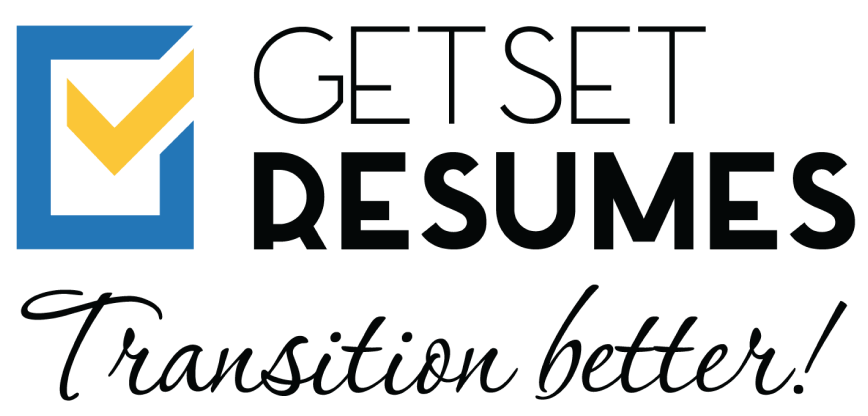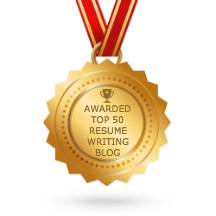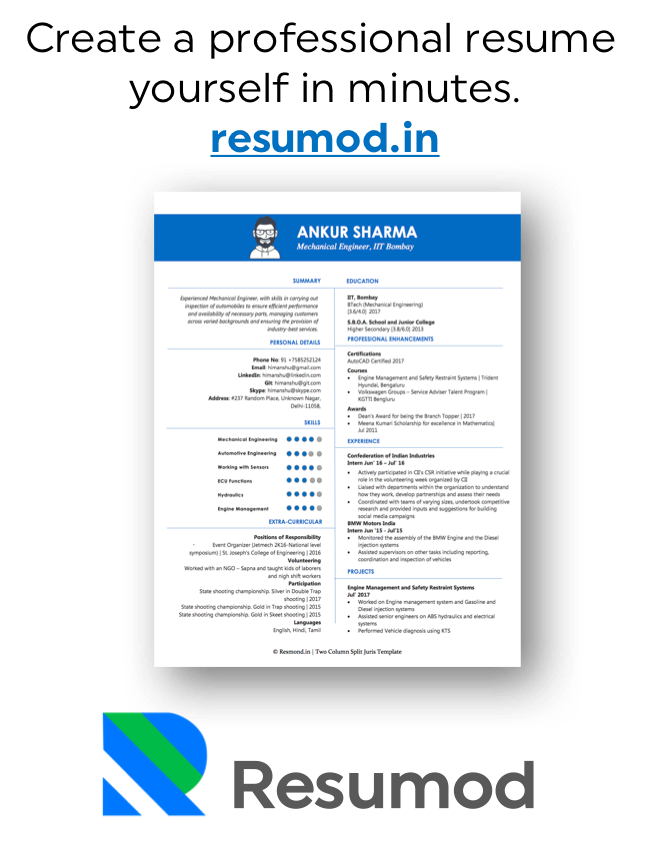In today’s hyper-competitive job market, a traditional resume is no longer enough. While resumes provide a snapshot of your career, a career portfolio offers proof of your capabilities, achievements, and professional evolution. Whether you are applying for a senior role, pitching to clients, or preparing for a career transition, a well-structured portfolio can be your most valuable tool.
Yet many professionals delay building one – thinking it’s only for designers or creatives. That is a mistake.
This article will cover the why, when, and how of building a career portfolio, with actionable steps to help you get started.
What is a Career Portfolio?
A career portfolio is a curated collection of documents, projects, and evidence that showcase your skills, accomplishments, and impact. Unlike a resume, which summarizes your career in a limited format, a portfolio gives a deeper, more tangible picture of your professional journey.
It can include:
- Work samples and project summaries
- Case studies and measurable outcomes
- Client testimonials
- Certifications and awards
- Presentations, publications, or workshops
- Media mentions or conference participation
- Career timeline or skills matrix
Career portfolios can be hosted online (via Notion, LinkedIn, or personal websites) or maintained as a structured offline document, depending on your industry and goals.
Why You Need a Career Portfolio?
Proof Over Potential
Employers and clients are no longer relying solely on titles or roles. They want to see proof of your work. A career portfolio answers questions like:
- What have you built, improved, or solved?
- How do you approach challenges?
- What kind of results can you deliver?
A portfolio shows your value with real examples, not vague bullet points.
Competitive Advantage
Most professionals still depend only on a resume. A career portfolio immediately sets you apart. It demonstrates intentionality, preparation, and strategic thinking. When tailored well, it can double your chances of interview calls, especially for leadership and client-facing roles.
Stronger Conversations
Whether in interviews or client pitches, a portfolio helps you lead the conversation with evidence. You can reference specific projects, display quantifiable outcomes, and support your answers with visuals or metrics.
Personal Branding and Visibility
In an era where your LinkedIn profile often gets more views than your resume, your portfolio becomes a powerful branding asset. It supports thought leadership, positions you as an expert, and increases your visibility in the market.
When Should You Build a Career Portfolio?
The ideal time to build a portfolio is before you need it. Waiting until you’re actively job hunting or pitching clients limits your ability to curate thoughtfully.
Here are scenarios where a career portfolio becomes essential:
Career Transitions
Switching industries or roles? A portfolio helps bridge the gap and demonstrates how your existing skills are transferable.
Mid to Senior-Level Professionals
At this stage, you are expected to showcase strategic contributions, leadership, and impact. A resume alone will not capture the full story.
Freelancers and Consultants
A portfolio serves as your credibility deck. It builds trust and showcases client results, testimonials, and thought leadership.
Performance Reviews or Promotions
A portfolio can be a powerful tool during internal reviews, helping you document achievements, team wins, and ROI delivered.
Public Speaking or Panel Invitations
Being considered for events or leadership forums? Your portfolio supports your public image and provides proof of your influence in the domain.
How to Build a Career Portfolio: A Step-by-Step Guide
Creating a career portfolio is not about adding more content – it is about curation. Here is how to approach it strategically:
Define the Purpose
Is it for job applications? Client outreach? Online branding? Your objective will define the structure, tone, and content. Keep your audience in mind.
Organize Core Sections
While your portfolio can be customized, most should include:
- About You: A brief professional bio
- Key Skills: With real-world examples of how you’ve applied them
- Project Highlights: 3–5 impactful projects with context, action, and result
- Testimonials: From managers, clients, or peers
- Certifications & Education
- Media, Publications, or Workshops (if relevant)
Showcase Outcomes, Not Just Activity
Use metrics wherever possible:
- “Increased revenue by 32% in 6 months”
- “Reduced onboarding time by 40%”
- “Trained 200+ employees on digital systems”
Numbers demonstrate scale, ownership, and result orientation.
Keep It Visual (But Clean)
Use charts, screenshots, slide snippets, or client logos (with permission). Break long sections into digestible blocks. Use a consistent layout and avoid clutter.
Choose the Right Format
Depending on your profession, your portfolio can be:
- A Notion page (great for live updates)
- A LinkedIn featured section (easy to access)
- A PDF deck (ideal for interviews or pitches)
- A personal website (for thought leadership)
Choose what aligns with your goals and is easy to maintain.
Update Regularly
Do not let your portfolio become a static document. Set a reminder every quarter to update:
- Recent projects
- New certifications
- Latest testimonials or outcomes
This ensures you always have an up-to-date, opportunity-ready document at hand.
Final Thoughts
In a market where everyone is competing for visibility, attention, and trust – your career portfolio is no longer optional. It is your professional proof-of-work.
A one-page resume might open the door, but your portfolio will help you own the room.
If you are serious about career growth, leadership visibility, or business success, start building your portfolio today. Not with fluff or jargon – but with clarity, relevance, and outcomes that speak for themselves.

![Master Your Self Introduction: Tips for Senior Leadership Interviews [2025 Guide]](https://www.getsetresumes.com/blog/wp-content/uploads/2025/10/business-consultant-working-with-client-1140x660.jpg)


